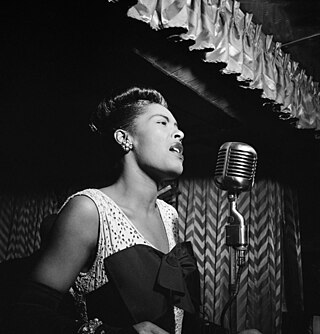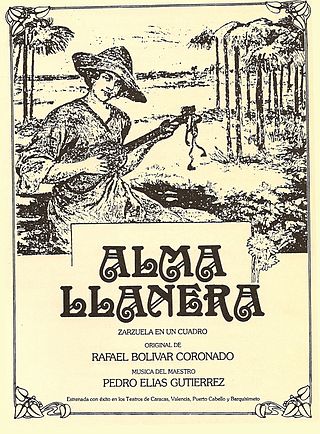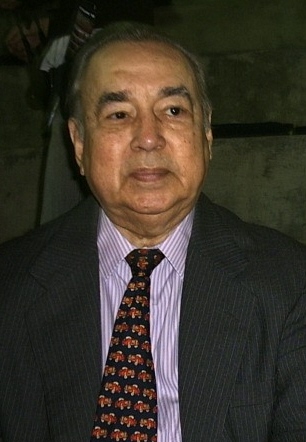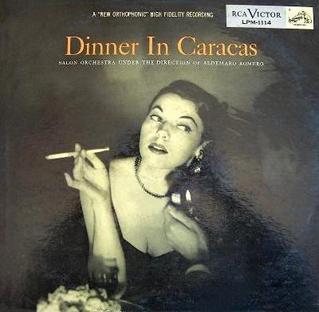
A song is a musical composition performed by the human voice. The voice often carries the melody using patterns of sound and silence. Songs have a structure to them, such as the common ABA form, and are usually made of sections that are repeated or performed with variation later. A song without instruments is said to be a cappella.

The music of Colombia is an expression of Colombian culture, music genres, both traditional and modern, according with the features of each geographic region, although it is not uncommon to find different musical styles in the same region. The diversity in musical expressions found in Colombia can be seen as the result of a mixture of Amerindian, African, and European influences, as well as more modern American.

Several styles of the traditional music of Venezuela, such as salsa and merengue, are common to its Caribbean neighbors. Perhaps the most typical Venezuelan music is joropo, a rural form which originated in the llanos, or plains.
Guillermo Portabales was a Cuban singer-songwriter and guitarist who popularized the guajira style of Cuban music from the 1930s through the 1960s. His languid, melancholy, intensely lyrical guajiras and his elegant, stylish singing made him popular throughout Latin America, where he is still revered.

Bob Dylan is the debut studio album by American singer-songwriter Bob Dylan, released on March 19, 1962, by Columbia Records. The album was produced by Columbia talent scout John H. Hammond, who had earlier signed Dylan to the label, a controversial decision at the time. The album primarily features folk standards but also includes two original compositions, "Talkin' New York" and "Song to Woody". The latter was an ode to Woody Guthrie, a significant influence in Dylan's early career.
Rodven Records was a Venezuelan record label that belonged to the Cisneros family owned ODC Group, then proprietors of one of the largest TV networks in the country, Venevision. They also owned a nationwide AM radio network and a record stores chain (DiscoCenter), thus serving as a channel for those artists who belonged to the roster of either of those companies.

Sketches of Spain is an album by Miles Davis, recorded between November 1959 and March 1960 at the Columbia 30th Street Studio in New York City. An extended version of the second movement of Joaquín Rodrigo's Concierto de Aranjuez (1939) is included, as well as a piece called "Will o' the Wisp", from Manuel de Falla's ballet El amor brujo (1914–1915). Sketches of Spain is regarded as an exemplary recording of third stream, a musical fusion of jazz, European classical, and styles from world music.
Alexander "Sandy" Bull was an American folk musician and composer. Bull was an accomplished player of many stringed instruments, including guitar, pedal steel guitar, banjo, and oud. His early work blends non-western instruments with 1960s folk revival, and has been cited as important in the development of psychedelic music.

Alberto Naranjo [nah-rahn'-ho] was a Venezuelan musician. His mother, the singer Graciela Naranjo, was a radio, film and television pioneer in her homeland. Largely self-taught, Naranjo embarked on a similar musical course, becoming – like his mother – one of Venezuela's icons of contemporary popular music.

Aldemaro Romero was a Venezuelan pianist, composer, arranger and orchestral conductor. He was born in Valencia, Carabobo State.

Dinner in Caracas is a 33-RPM LP album by Venezuelan composer/arranger/conductor Aldemaro Romero, released in 1955, under contract with RCA Victor.

"La Paloma", "The Dove" in English, is a popular Spanish song that has been produced and reinterpreted in diverse cultures, settings, arrangements, and recordings over the last 140 years. The song was written by the Spanish Basque composer Sebastián Iradier around 1860 after a visit to Cuba. In 1879, it was registered at the copyright office in Madrid as a "Canción Americana con acompañamiento de Piano". Iradier was to die in obscurity within few years, never to learn how popular his song would become.

Ariel Ramírez was an Argentine composer, pianist and music director. He was considered "a chief exponent of Argentine folk music" and noted for his "iconic" musical compositions.

Venezuelan Fiesta is a 33-RPM LP album by Venezuelan composer/arranger/conductor Aldemaro Romero, released in 1956, under contract with RCA Victor.

Aldemaro Romero en Maracaibo is a 33-RPM LP album by Venezuelan composer/arranger/conductor Aldemaro Romero, released in 1967, along with the label Cymbal.
Binomio de Oro de América is a Colombian Vallenato group that was founded by lead singer Rafael Orozco and accordionist Israel Romero in the Caribbean Region of Colombia on June 16, 1976. The group grew up in popularity in the 1980s and 1990s and developed mainstream popularity in Venezuela, especially in the city of Maracaibo and in Mexico, mainly in the city of Monterrey.
Alfredo Rolando Ortiz is an internationally acclaimed soloist of the Paraguayan harp, a composer, author, educator and recording artist.

Carlos Eduardo Martinez Simon-Llanos better known as Patafunk is a Venezuelan DJ, Producer, multi-instrumentalist, Singer-Songwriter who's been always searching for ocean-like sounds and music inspired by the sea.
Canelita Medina was a Venezuelan salsa singer noted for singing in the Cuban Son style. She had always dreamt of becoming a singer as a young girl, imitating the salsa singer Celia Cruz. When she entered a radio talent program on Radio Continente, she caught the attention of talent agents with her unique voice. Over the years, Canelita has achieved great success, both nationally and internationally, and is successful to this day. Through more than 50 years of her life as an artist, Canelita Medina has received many awards.
Astolfo José Romero Chacín, also known as "Astolfo Romero" and "El Parroquiano", was Venezuelan folkloric musician and composer. His work was mainly in the folk genre known as gaita zuliana. His compositions are some of the most recognized within the genre.













